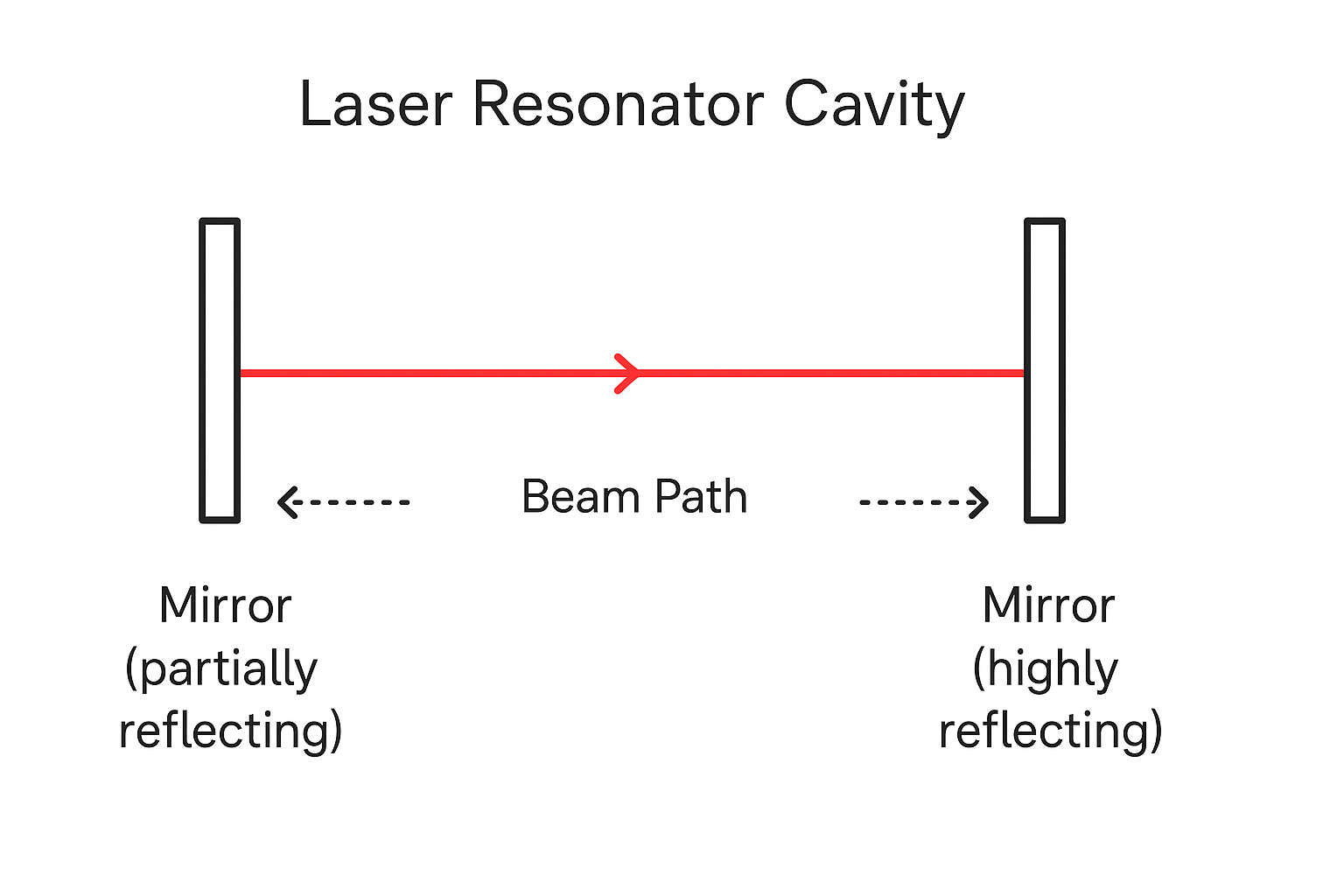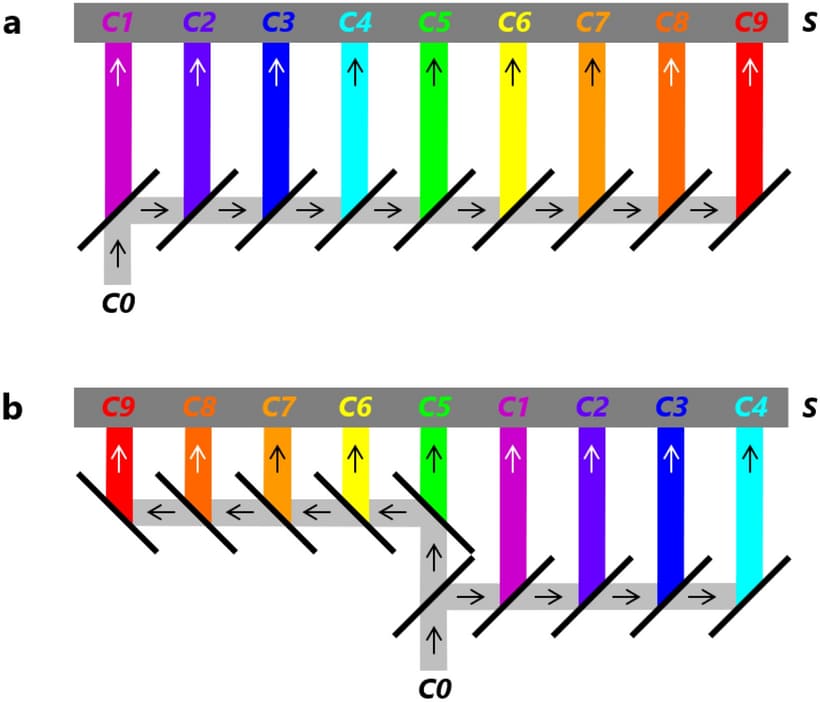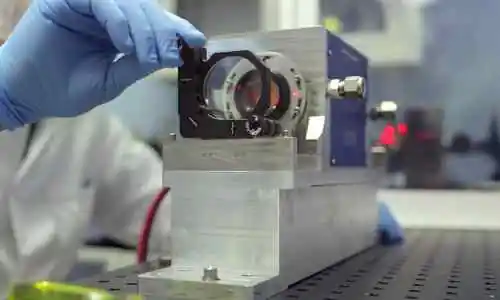Laser mirrors are critical optical backbone for contemporary photonic systems. They act as precision - engineered components. They enable reliable laser operation on diverse industrial, scientific, medical applications. These sophisticated optical elements must meet extraordinary performance standards. These standards far exceed those of conventional mirrors. They use advanced materials science and precision manufacturing techniques for optimal functionality.
Modern laser mirror systems must meet stringent operational criteria. These criteria set them apart from standard reflective optics. The primary requirement is achieving minimal reflection losses. Meanwhile, they must maintain precise transmission characteristics across specific wavelength ranges. This is especially true for highly reflective mirrors and output coupling applications. Surface quality is another critical parameter. It demands exceptional optical uniformity. This prevents wavefront distortions. Such distortions could harm beam quality and system performance.
Laser mirrors must show exceptional resistance to high - intensity optical radiation. This is vital in Q - switched laser environments. In such environments, peak power densities can reach destructive levels. This requirement needs careful selection of coating materials. It also needs advanced manufacturing processes. These processes help achieve damage thresholds to withstand extreme operational conditions.

Contemporary laser mirror applications mostly use dielectric mirror technology. They leverage sophisticated multilayer thin - film structures. These structures typically use quarter - wave optical thickness designs. These advanced coatings create interference - based reflectivity. They do so through precisely engineered refractive index contrasts between alternating material layers. This enables superior performance compared to traditional metallic mirrors.
In standard laser resonator configurations, one mirror works as an output coupler. It has controlled transmission characteristics. It lets predetermined amounts of laser radiation exit the cavity. Other mirrors keep highly reflective properties (exceeding 99.9% reflectivity). Advanced dichroic mirror designs manage multiple wavelengths at once. They enable efficient pump light injection in end - pumped laser architectures. They also maintain optimal confinement of laser wavelengths.

Surface quality parameters are fundamental to laser mirror performance. This is especially regarding localized defect density. Such density can cause beam distortions in diffraction - limited laser systems. Manufacturing specifications usually quantify surface irregularity tolerances relative to operational wavelengths. Requirements range from λ/2 for standard applications to λ/8 or better for demanding precision systems.
Comprehensive surface specifications need detailed definition of measurement conditions. This includes clarifying if values reference surface or reflected wavefront measurements. Because reflection effectively doubles wavefront errors. Additionally, specifications must distinguish between peak - to - peak and root - mean - square values. They must also clearly show if stated figures represent typical performance or guaranteed minimum standards.
Q - switched laser applications place extraordinary demands on mirror damage resistance. Some systems need mirrors that can withstand exceptionally high optical intensities. Conventional components would be destroyed immediately. Achieving superior damage thresholds needs meticulous selection of coating materials. It also needs precision manufacturing processes. These processes minimize microscopic defects and contamination.
Current industry standards show that satisfactory dielectric mirrors typically have damage thresholds of around 500 MW/cm² at 1064 nm wavelength. Values are proportionally lower at shorter wavelengths (like 250 MW/cm² at 532 nm). Even in identical material systems, damage thresholds can vary greatly. This depends on manufacturing quality and contamination control procedures.
Even highly reflective laser mirrors show measurable residual transmission. This is significant in high - power applications. Transmitted power can reach substantial levels here. This residual transmission often serves valuable diagnostic purposes. It enables laser power monitoring without intercepting the primary output beam. But non - uniform transmission across the mirror aperture can cause operational issues.
Understanding and controlling residual transmission characteristics is essential. This is for applications needing precise power management or beam quality preservation. It’s especially true for highly reflective mirrors. Transmission variations may be more pronounced there.
Many laser applications need mirrors with wavelength - selective properties beyond simple high reflectivity at the laser wavelength. Complex dichroic designs enable high transmittance for pump radiation at shorter wavelengths. They also maintain complete reflection for laser emission. Modern short - pass dichroic mirrors show excellent transmission for 808 nm pump light. They also provide complete reflection for 1064 nm laser radiation in Nd:YAG systems.
Alternative applications use dichroic mirrors to suppress unwanted laser transitions. They enable operation on secondary laser lines. This is done by using mirrors with controlled transmission at primary laser wavelengths.

Laser mirror substrates typically use high - quality glass materials like BK7 or fused silica. Specialized applications may use glass ceramics. Or they may use direct coating deposition onto laser crystals for monolithic designs. Standard substrate geometries have cylindrical forms. Diameters are 1 inch or 0.5 inches. Typical thicknesses are 6 mm. This facilitates integration with standard mounting hardware.
Critical substrate properties go beyond basic optical requirements. They include high hardness, minimal thermal expansion coefficients, and superior thermal conductivity for high - power applications. Transmissive mirror applications also need exceptional optical homogeneity. This prevents beam distortion in transmitted light. They also need minimal absorption and scattering losses.
Curved substrate surfaces enable integrated focusing or defocusing functionality. Effective focal lengths equal to half the radius of curvature under perpendicular incidence conditions. Manufacturing limitations usually limit high - quality curved mirrors to radii above about 1 mm. Specialized applications can achieve tighter curvatures but with reduced coating quality.
Laser mirrors need sophisticated mounting systems. These systems provide stable positioning. They also minimize mechanical stress on optical substrates. High - quality mirror mounts have two or three adjustment mechanisms. These enable resonator alignment with exceptional precision and long - term stability. They show remarkable thermal stability. They have minimal sensitivity to temperature variations.
Professional mounting systems are essential. They maintain laser performance across varying environmental conditions. This is especially true in precision measurement applications or long - term industrial processes.

Advanced laser applications have driven development of specialized mirror types. These include chirped mirrors and dispersion - compensating designs for mode - locked laser systems. These sophisticated components provide controlled dispersion characteristics within laser resonators. They eliminate the need for bulky prism - based dispersion compensation. They also enable compact femtosecond laser architectures.
Super mirrors with exceptionally low reflection losses find specialized applications in high - Q resonator construction. But their narrow bandwidth characteristics limit resonator applications. Recent developments in laser mirror technology focus on improving performance and efficiency. This is done through innovations in coatings and substrates. Advanced dielectric coatings and multi - layer designs offer superior reflectivity and resistance to high temperatures.
The laser mirrors market keeps expanding. Advancements in laser technology and increasing demand for high - precision optical components drive this. These components are needed across defense, healthcare, and manufacturing industries. As laser systems grow more sophisticated and demanding, the evolution of mirror technology remains crucial. It enables breakthrough capabilities in scientific research, industrial manufacturing, and advanced communication technologies.
Contact: Jason
Phone: +8613337332946
E-mail: [email protected]
Add: Hangzhou City, Zhejiang Province, China